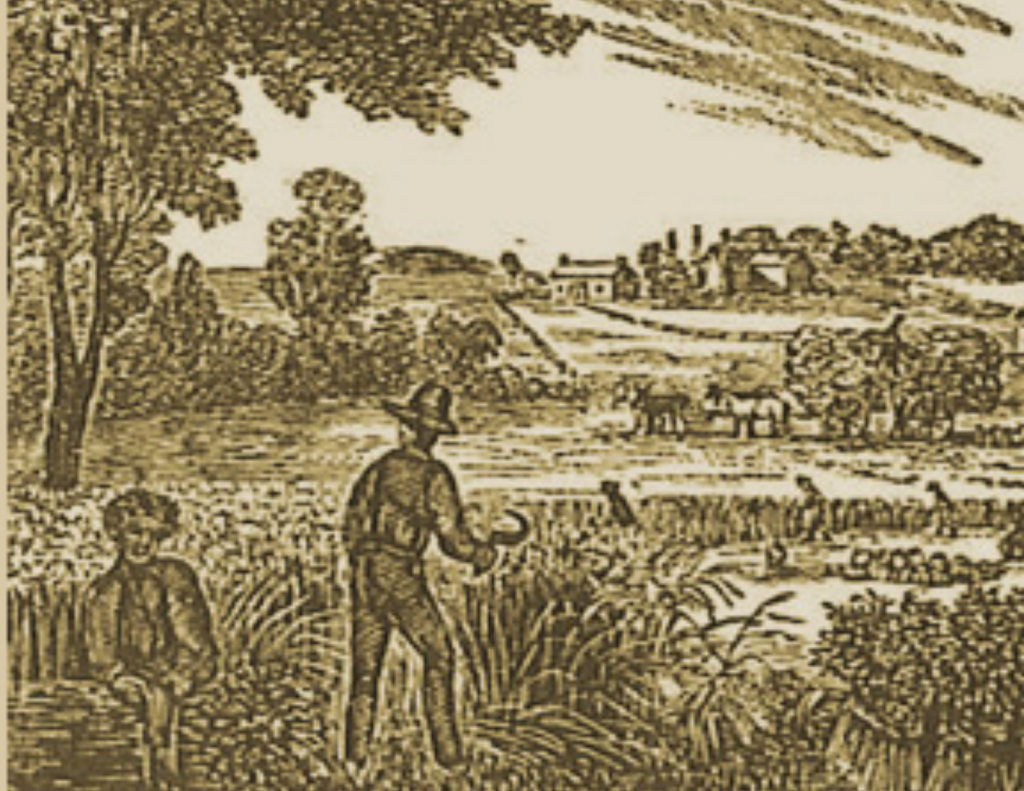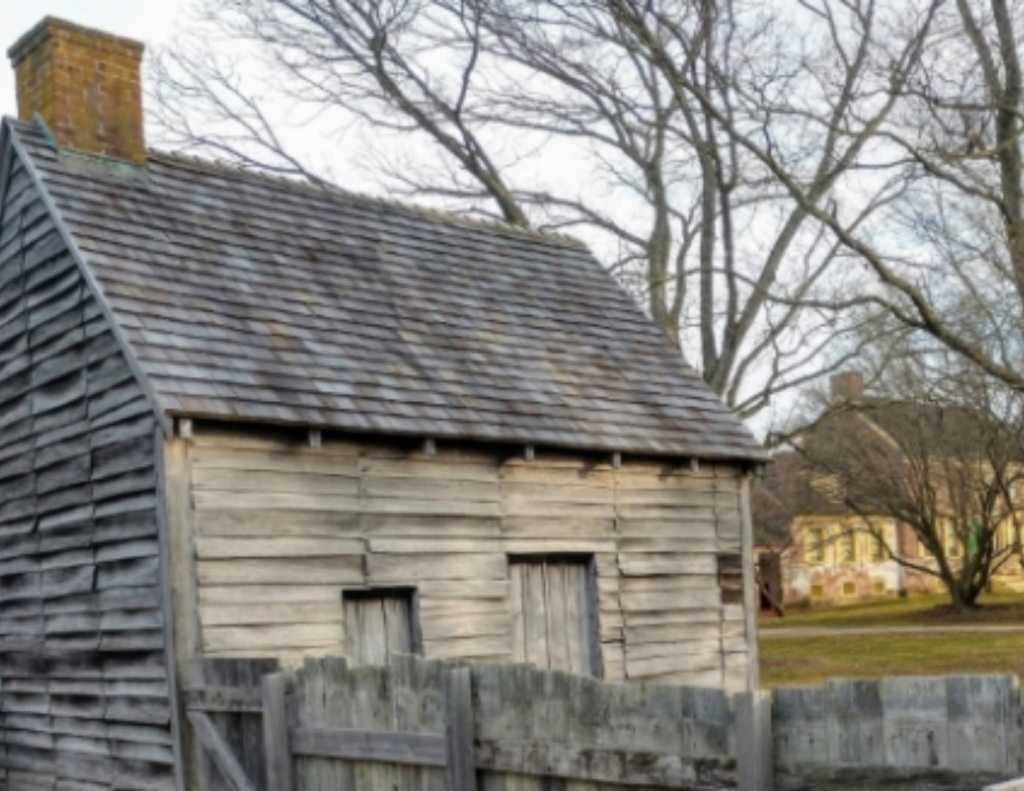History buffs take notice! Less than an hour’s drive north of Southern Delaware’s beach towns rests a historic and living landmark you don’t want to miss. A mere half-mile off the bustling Coastal Highway stands the vast, meticulousy-landscaped John Dickinson Plantation. Compelling stories about the plantation’s enslaved workers draw hundreds of visitors to the Dickinson estate each year – now owned by the state and operated by Delaware Historical & Cultural Affairs office (DCA).
Owned and built by his grandfather Samuel, the Delaware plantation was where young Dickinson spent his formative years. He and his brother were tutored extensively there before John decided to follow his father’s footsteps into law, eventually living a large part of his adult life in Philadelphia practicing law.
Dickinson, popularly coined as “the Penman of the Revolution” was a founding father, a statesman, lawyer, prolific political writer, and a slave owner. His life (1732 to 1808) was a fascinating journey during a tumultuous and formative era in American history. Dickinson was known for his eloquent writing, especially the influential Letters From a Pennsylvania Farmer, a successful attempt to draw colonists’ attention to potential British tyranny. As a dual resident of Delaware and Pennsylvania, he (separately) served as both states’ president. Two colleges in Carlisle, Pennsylvania, Dickinson College and Penn State’s Dickinson School of Law were established in honor of the John Dickinson family.
Many historians also credit Dickinson with influencing Delaware to ratify the Constitution in 1787 to become the first state in the union.
Inheriting the plantation from his father, Dickinson continued to operate the enormous and thriving operation for years – even from a distance while he resided in Philadelphia. Meticulously detailed journals tell the story of the plantation’s slaves and indentured servants, tenant farmers and free Negroes.
Curious visitors inevitably ask many questions about how a founding father, framer and signer of the Constitution could own slaves against their will for so long? Our very knowledgeable tour guide, site supervisor Gloria Henry fielded every question we had, but added that not much about the identity of these people may ever be known. Most slaves in the bookkeeping records are only referred to by their first name. Eventually, in 1777, John Dickinson manumitted (freed) his slaves unconditionally. A strong Quaker abolitionist movement was most certainly a factor. (read more)
Recently, the Dickinson Plantation is in the headlines as news of the plantation’s enslaved residents has more recently been discovered! In a recent announcement, DCA confirms that archaeologists excavating several acres of the plantation have discovered a burial ground. Presumably, it is the resting place of numerous enslaved families of the plantation.
The location has not been disclosed, but the state of Delaware has been reassuring the public that the sacred site will be treated with the utmost respect and honor.
The 45 minute drive to the Kits Hummock exit of the Coastal Highway to visit Dickinson Plantation will certainly make an impression.


